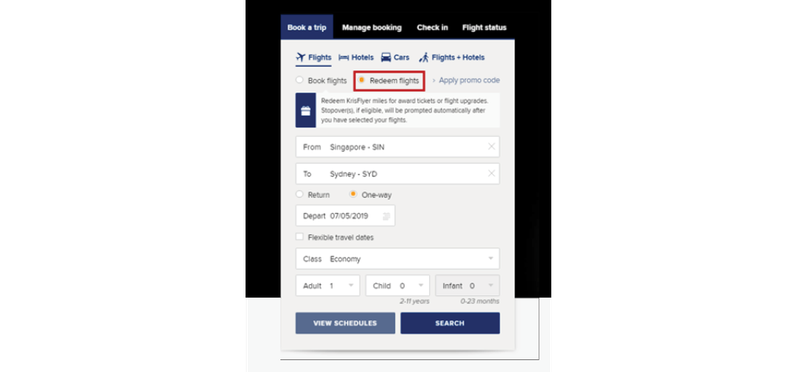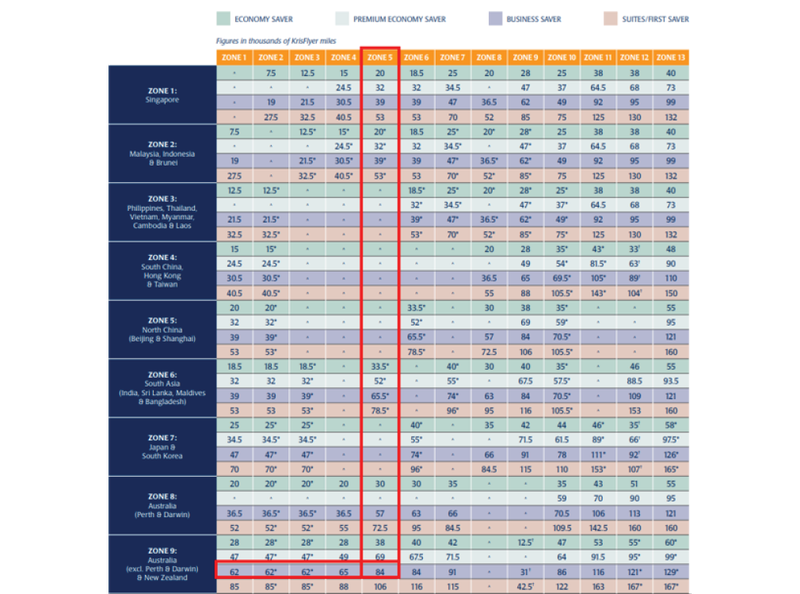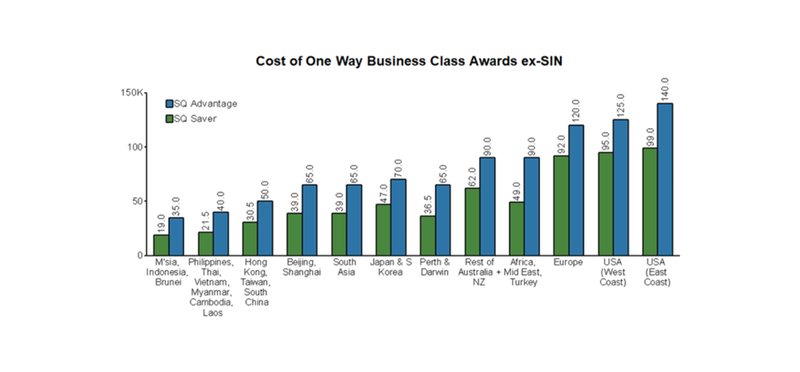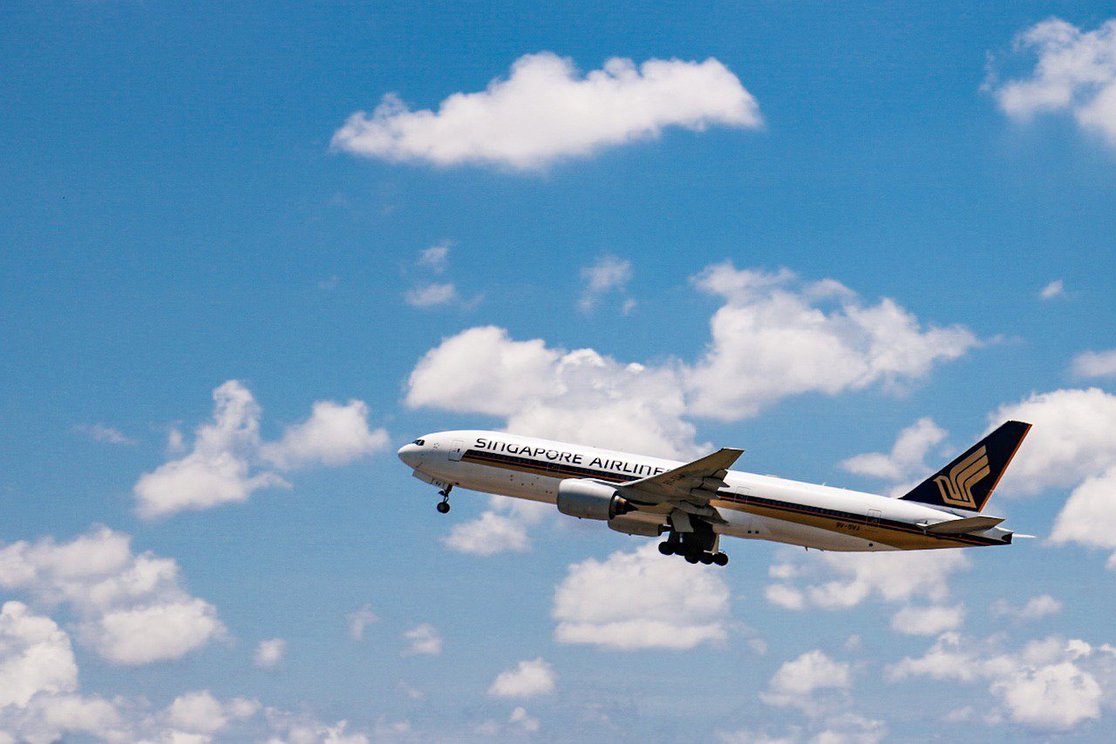- Find out how to price your Singapore Airlines award fare using the award chart.
- Learn about the difference between Singapore Airlines Saver and Advantage award seats.
- Get expert tips on dealing with the Singapore Airlines award seat waitlist.
In this guide, we’ll focus specifically on Singapore Airlines and SilkAir redemptions (SilkAir will be absorbed into Singapore Airlines in 2020, so I’ll be using Singapore Airlines as shorthand for both).

Inside this guide
Searching for award space
Singapore Airlines opens award seats 355 days prior to departure. You’ll be able to view award space through the Singapore Airlines website – just be sure to click the “Redeem flights” button when searching.

Unlike some frequent flyer programs, there’s no need for you to have any KrisFlyer miles in your account before searching. This is good because it means you can first confirm that award space is available before transferring points from your bank.
Pricing your Singapore Airlines award
To know how much your award will cost, you need to refer to the SQ award chart. You’ll see a total of three pages – the first page is for Advantage awards, the second and third pages are for Saver awards. We’ll cover the differences between Advantage and Saver awards in the next section, but first, let’s talk about reading the chart.
Singapore Airlines uses a zone-based chart, which means that destinations are grouped into zones. In the context of Australia, Perth and Darwin are in Zone 8, and Sydney, Melbourne, Brisbane, Cairns, Canberra and Adelaide are in Zone 9.
If I wanted to find out how many miles it would cost to fly Business Class from Sydney to Shanghai, for example, I’d look for Zone 9 and see where it intersects with Zone 5 (North China).

That gives me the one-way price, in thousands of miles, of an award ticket between those two zones.
You’ll need the same number of miles whether you redeem a ticket for an adult, a child or an infant (defined as aged up to 23 months). For infants, you have the alternative option of paying 10% of the full-fare revenue ticket cost, which will almost certainly be better value than redeeming miles.
You should be able to find most of the countries that SQ serves in the zone descriptions, although there are some potential points of confusion:
- Nepal (KTM – Kathmandu Airport) is part of Zone 6, but not mentioned in the descriptions
- Chengdu and Wuhan are only one degree south of Shanghai, but are considered part of South China (Zone 4). Only Beijing and Shanghai are classified as North China (Zone 5)
Saver and Advantage awards
When you try to make a booking on the SQ website, you’ll be presented with two types of awards: Saver and Advantage (unless you’re trying to redeem Premium Economy Class – SQ only has Saver awards available for that particular cabin).
Saver awards are cheaper than Advantage, but also have fewer seats available. If you’re looking to travel to a popular destination during a peak period, it’s possible that Saver awards will be unavailable or waitlist-only (we’ll discuss waitlisting in the next section). In that case, you can either take your chances with the waitlist, or shell out more miles for an Advantage ticket.
The chart below provides an illustrative representation of the relative cost of Saver versus Advantage awards for one-way Business Class flights out of Singapore. An Advantage award can cost anywhere between 30-85% more miles than a Saver ticket – quite a hefty premium!

The crazy thing is, it is actually more expensive to book an Advantage award in a given cabin than a Saver award in the cabin above! For example, it costs 90,000 KrisFlyer miles for a one-way Business Advantage award between Sydney and Singapore, but only 85,000 KrisFlyer miles for a one-way First Saver award. So before you bite the bullet and pull the trigger on Advantage pricing, always check to see if the cabin one class above you has Saver space.
One benefit of Advantage awards is that they have lower change and cancellation fees than Saver awards.

The other benefit is that you get more free stopovers with Advantage awards than you do with Saver awards. The table below shows how many free stopovers you get with the different types of tickets.

For instance, you might want to fly from SYD-SIN-HKG with a three-day stopover in Singapore before moving on to Hong Kong. A one-way Advantage award would let you do this for free, whereas you’d need to pay US$100 to add a stopover to your one-way Saver award.
Dealing with the waitlist
If you’re trying to book an award ticket during peak periods, odds are you’ll run into the KrisFlyer waitlist. This is KrisFlyer’s way of saying “We don’t have an award seat right now, but if you put your name down we’ll let you know if one opens”.
If your waitlist clears, you’ll receive an email and text message notification. After that, you have a pre-set amount of time (usually 72 hours) to confirm your ticket, at which point the miles and taxes will be deducted. There is no obligation to confirm a waitlisted ticket that clears.
Although you don’t need any miles to search for award space, you do need sufficient miles to waitlist on a flight. For example, if I want to waitlist myself on MEL-SIN in Business Saver, I need at least 62,000 miles in my account. That said, waitlisting does not put a “hold” on my miles – in other words, I could waitlist myself on multiple MEL-SIN flights across different dates as long as I have at least 62,000 miles. I could also waitlist myself on a SYD-SIN flight at the same time if I wanted to do so. There is no restriction on the maximum number of waitlists I can be on.
I dislike the waitlist because it’s basically limbo. There’s no hard and fast rule to if/when your waitlist will clear, and in the past it wasn’t uncommon for the waitlist to clear the day before, or even a few hours before, a flight. Singapore Airlines seems to have realised that this is a problem, because in January 2019 they announced the waitlist would be “filled or killed” 14 days before departure. This is certainly an improvement, but it still makes any sort of advance planning tricky.
No one knows for sure what heuristic SQ uses to clear its waitlist, but here’s what experience tells me:
- A higher-tier KrisFlyer member will have priority in getting his/her waitlist request cleared.
- If you have two people flying, it’s better to book 2x single ticket waitlists rather than 1x double ticket waitlist. That’s because the waitlist may clear one seat at a time, and you don’t want a situation where you’re skipped over in preference of a single seat waitlister behind you.
- Calling up KrisFlyer membership services to request a “chaser” may work. This is where they nudge the revenue management team to look at your waitlist request. Some people swear by this, others say it has no effect whatsoever.
If you hate the uncertainty of a waitlist, there are a few options:
- Be flexible. If Tokyo Haneda is not available, Tokyo Narita is always an option. If you can’t get New York JFK, try Newark.
- Break up your party. Perhaps you’re searching for two Business Saver tickets and only getting waitlist options. Try searching for one seat first. It’s possible that there is only one Business Saver available, and booking one Saver plus one Advantage ticket is still better than booking two Advantage tickets.
- Reserve a confirmed flight while waitlisting on your first choice. When you waitlist for a flight, SQ’s website will prompt you to select another non-waitlisted flight as a backup option should the waitlist not clear.
- Use your KrisFlyer miles to book an award on one of SQ’s partner airlines. We will cover this in the next guide.
Knowledge pays off, but so does flexibility
Singapore Airlines’ most aspirational First and Business Class products can only be booked through KrisFlyer, so it pays to know the ins and outs of the system if these seats are on your bucket list.
If you’re less particular about the airline that you fly (perhaps believing that “Business Class is Business Class”), then stay tuned for the next guide where we’ll show you how to use your KrisFlyer miles for partner airlines.

